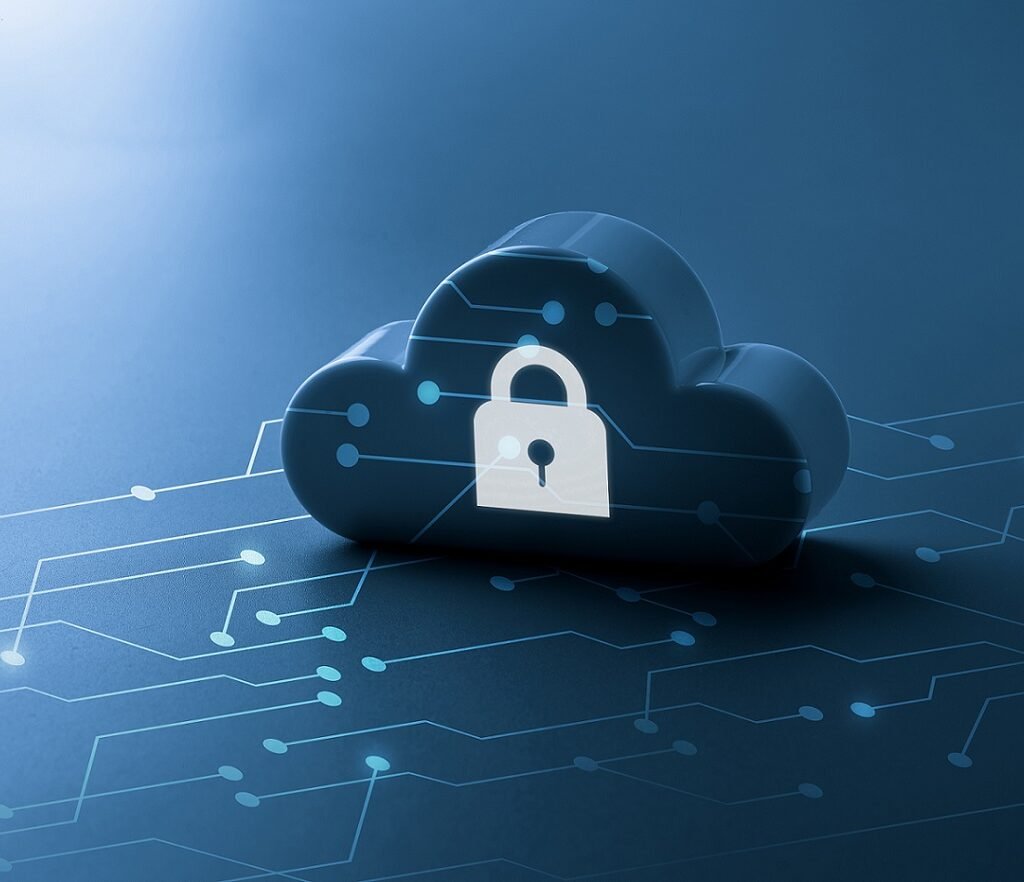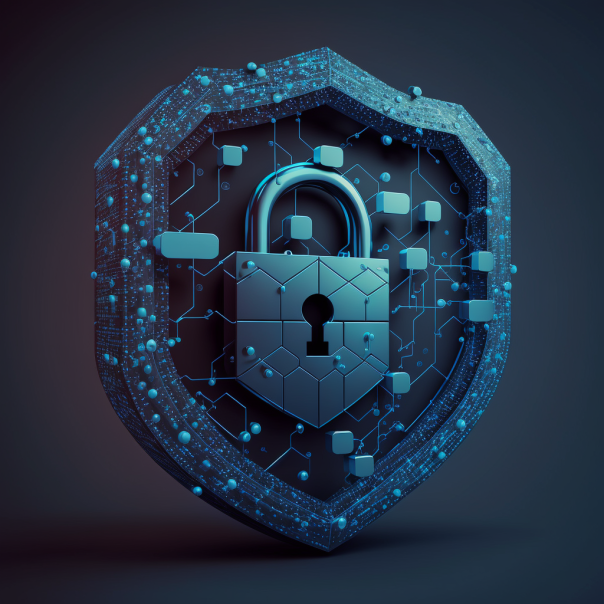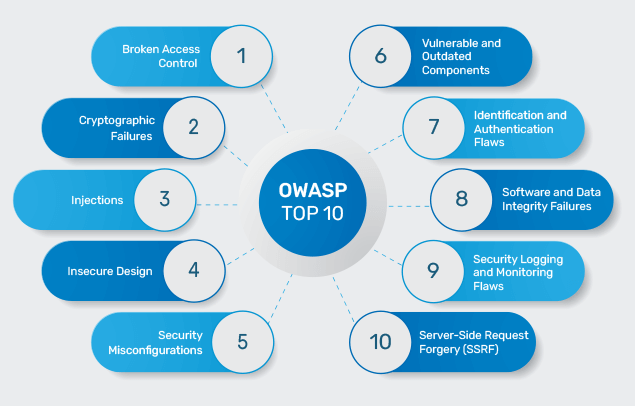
In today’s digital age, cybersecurity is more important than ever. With cyber attacks becoming more sophisticated and frequent, it’s essential to have a solid security architecture and engineering foundation in place to protect your organization.
This blog will explore what security architecture and engineering are and how they work, as well as the importance of implementing them to keep your business secure.
What is Security Architecture and Engineering?
Security architecture and engineering involve the design, implementation, and maintenance of security systems within an organization’s IT infrastructure. It is the process of creating a secure computing environment by designing and implementing security controls and monitoring systems to prevent and detect cyber attacks.
The Role of Security Architecture and Engineering in Cybersecurity
Security architecture and engineering are essential components of a comprehensive cybersecurity program. They are responsible for designing and implementing security solutions that protect an organization’s assets and systems from a wide range of cyber threats, including malware, hacking, and phishing attacks.
Security Architecture and Engineering Best Practices
To build a robust security architecture and engineering framework, organizations should follow best practices such as:
- Conduct a risk assessment: Before designing a security architecture, it’s important to understand the risks and vulnerabilities that an organization faces.
- Implement a layered approach: A layered security approach that includes multiple security controls such as firewalls, intrusion detection systems, and antivirus software can help provide comprehensive protection against different types of attacks.
- Adopt security-by-design principles: Security should be an integral part of the software development process, with security features and functions built into the system from the ground up.
- Keep up with security updates: Regularly update software, firmware, and security protocols to patch known vulnerabilities and protect against newly discovered threats.
Benefits of Implementing Security Architecture and Engineering
By implementing security architecture and engineering best practices, organizations can benefit from:
- Enhanced protection against cyber attacks: A robust security architecture and engineering framework can help protect against a wide range of cyber threats, minimizing the risk of a successful attack.
- Regulatory compliance: Security architecture and engineering best practices can help organizations meet regulatory compliance requirements.
- Reduced costs: By preventing successful cyber attacks, organizations can avoid the cost of remediation and lost productivity.
Challenges of Implementing Security Architecture and Engineering
While implementing security architecture and engineering best practices can provide many benefits, there are also some challenges to consider, including:
- Cost: Implementing a comprehensive security architecture and engineering framework can be costly, and many organizations may not have the budget to invest in this area.
- Talent shortage: There is a shortage of skilled cybersecurity professionals, and organizations may struggle to find the right talent to implement security architecture and engineering best practices.
The Future of Security Architecture and Engineering
As cyber threats continue to evolve, security architecture and engineering will become even more critical. The future of security architecture and engineering will likely focus on implementing more advanced security controls, using artificial intelligence and machine learning to detect and prevent cyber attacks, and developing more automated security systems.
Conclusion:
Security architecture and engineering are essential components of a comprehensive cybersecurity program. Implementing security architecture and engineering best practices can help organizations protect their assets and systems from a wide range of cyber threats, including malware, hacking, and phishing attacks. While there are challenges to implementing these best practices, the benefits they provide make them essential for any organization looking to protect itself from cyber attacks.



















